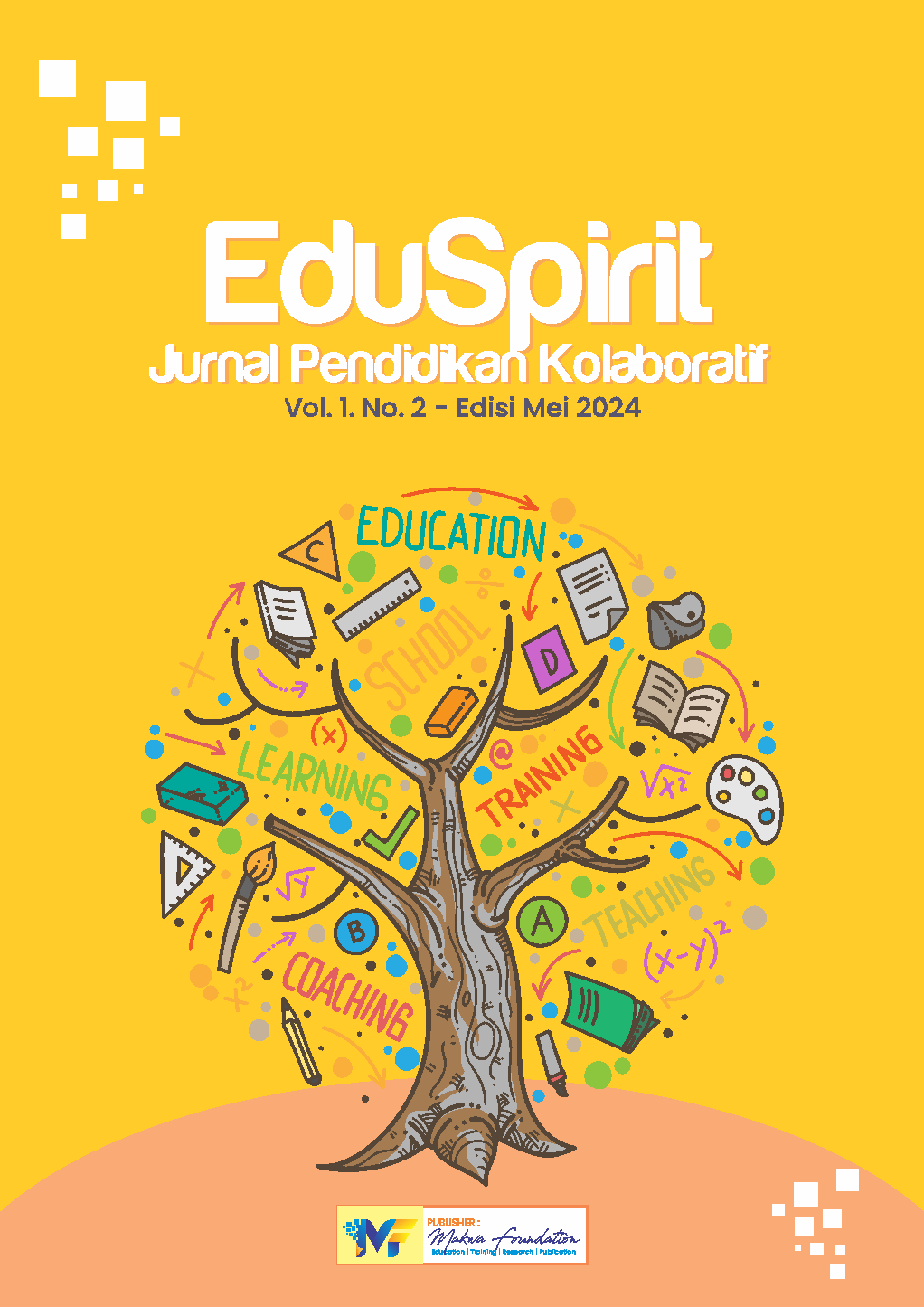Pemanfaatan Teknologi Augmented Reality untuk Meningkatkan Pemahaman Konsep Ilmu Pengetahuan Alam di MIS Terpadu Insan Cendikia Makassar
Keywords:
Augmented Reality, Ilmu Pengetahuan Alam, Pemahaman KonsepAbstract
This study aims to analyze the utilization of Augmented Reality (AR) technology to enhance students' conceptual understanding of Natural Science (Ilmu Pengetahuan Alam, IPA) at MIS Terpadu Insan Cendikia Makassar. The research employs Classroom Action Research (CAR) using the Kemmis and McTaggart model, consisting of planning, action, observation, and reflection in two cycles. The subjects are fifth-grade students who struggle to grasp abstract science concepts through conventional methods. Data were collected through conceptual understanding tests, observations, interviews, and documentation. The findings indicate that implementing AR technology in science learning significantly improves students’ comprehension. In the first cycle, students' conceptual understanding increased by 28%, while in the second cycle, it improved to 50%. AR technology allows students to interact directly with three-dimensional virtual objects, making abstract concepts more concrete and easier to understand. This study concludes that the utilization of Augmented Reality technology is an effective and innovative strategy for improving science concept comprehension at the Madrasah Ibtidaiyah level.
References
Arikunto, S. (2010). Prosedur Penelitian: Suatu Pendekatan Praktik (9th ed.). Rineka Cipta.
Bloom, B. S. (1956). Taxonomy of Educational Objectives: The Classification of Educational Goals. Longmans, Green.
Gagne, R. M. (1985). The Conditions of Learning and Theory of Instruction (4th ed.). Holt, Rinehart and Winston.
Lewin, K. (1946). Action research and minority problems. Journal of Social Issues, 2(4), 34–46.
Mayer, R. E. (2009). Multimedia learning (2nd ed.). Cambridge University Press.
Piaget, J. (1973). To Understand is to Invent: The Future of Education. Viking Press.
Slavin, R. E. (1994). Educational Psychology: Theory and Practice (6th ed.). Allyn & Bacon.
Sudjana, N. (2005). Metode Statistika (6th ed.). Tarsito.
Sugiyono. (2013). Metode Penelitian Pendidikan Pendekatan Kuantitatif, Kualitatif, dan R&D (Edisi Ke-18). Alfabeta.
Vygotsky, L. S. (1978). Mind in Society: The Development of Higher Psychological Processes. Harvard University Press.
Downloads
Published
How to Cite
Issue
Section
Citation Check
License

This work is licensed under a Creative Commons Attribution-ShareAlike 4.0 International License.



